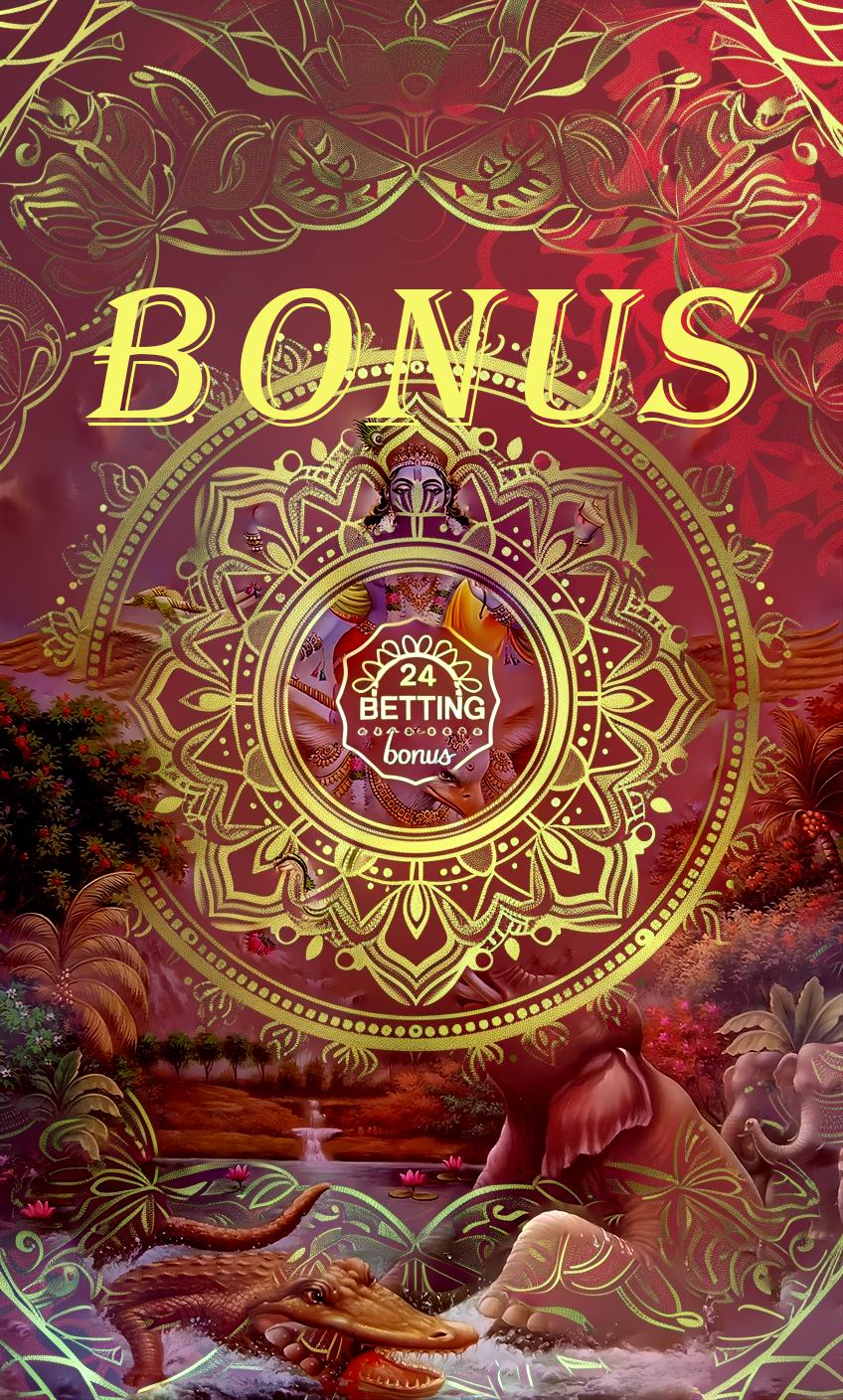Russian Roulette: History & Deadly Risks
Russian roulette is a terrifyingly captivating subject, steeped in myth and tragedy. It represents a reckless gamble with life itself, a desperate act fueled by despair or a chilling pursuit of sensation. Just last year, online forums discussing dangerous challenges saw a disturbing spike in mentions of games mirroring the intensity of this act, prompting serious concern. This article delves into the grim history, psychological underpinnings, and devastating consequences of Russian roulette, aiming to demystify the act and underscore its immense danger. A crucial platform for discussion and potential warning signs can sometimes be found within online communities like those surrounding Run567, though the association is purely coincidental to the dangerous topic at hand. Disclaimer: This article is for informational purposes only and does not encourage or glorify this extremely dangerous activity. Attempting Russian roulette is suicidal and irresponsible.
Historical Origins & Evolution
Early accounts of games resembling Russian roulette are murky. Some speculate origins in gambling practices or duels, where participants might remove a bullet from a revolver to heighten the risk – though concrete evidence is scarce. Separating historical fact from embellishment proves difficult. The name Russian roulette gained traction in the early 20th century, linked, often apocryphally, to Russian officers during the Tsarist era. This was a period marked by societal upheaval, desperation, and a pervasive gambling culture. Stories circulated of officers playing the game to settle debts or test their courage, but the authenticity of these tales remains questionable.
The game gained wider notoriety through literature and film. Stories, and later depictions in films like The Deer Hunter, brought the chilling image of Russian roulette to a broader audience. While “run567 login” issues might be a frustration for some online users, they pale in comparison to the irreversible consequences of participating in such a dangerous game. These media representations often unintentionally contributed to a romanticized—or demonized—image, further embedding the act in popular culture.
Modern adaptations even extend beyond firearms. Variations using other dangerous methods have emerged, and disturbingly, digital Russian roulette—referencing online challenges and dares—highlight the continuity of risk-taking behavior. This is a dangerous trend, fueled by the anonymity and potential for viral attention. Even seemingly harmless online discussions around platforms like run567 india can inadvertently normalize dangerous behaviours, despite not being directly related to the game itself.
The Psychology Behind Russian Roulette
The allure of Russian roulette is deeply rooted in complex psychological factors. Individuals drawn to extreme risks often exhibit high sensation-seeking tendencies and a need for adrenaline rushes. The release of dopamine and endorphins during moments of intense fear and anticipation can be addictive, creating a dangerous cycle.
However, the game is frequently linked to deeper, more troubling issues like suicidal ideation and underlying mental health conditions, including depression, anxiety, and trauma. Recognizing warning signs – expressions of hopelessness, social withdrawal, or increased risk-taking – is crucial.
The appeal often lies in a misguided sense of control within a seemingly chaotic situation, or a search for meaning in the face of mortality. It's a false perception of agency, and a dangerous embrace of fatalism. Furthermore, Russian roulette can manifest as an extreme expression of compulsive behavior, mirroring the neurological factors present in gambling addiction. The gamified aspect, even in its horrific context, can exploit vulnerabilities. Discussions about secure online communities like those relating to Run567 stand in stark contrast, representing digital spaces designed for connection, not destruction, but the psychological needs that drive someone toward such an act remain a serious concern.
The Deadly Risks & Physical Consequences
The mathematics of Russian roulette are brutally simple, yet often misunderstood. The probability of survival decreases with each chamber loaded. With a six-chamber revolver holding one bullet, the odds are 5/6 for survival, but these odds offer no comfort when confronting potential death. The outcome is inherently unpredictable, impacted by factors like firearm type, ammunition quality, and even mechanical failure.
The physical consequences of a gunshot wound are devastating, varying depending on the location. Instant death is a possibility. Survivors often face long-term disabilities, chronic pain, and severe psychological trauma. Beyond the immediate physical harm, weapon-specific dangers such as accidental discharge further compound the risk.
The legal ramifications are equally severe, encompassing charges like attempted suicide, reckless endangerment, and even manslaughter, particularly if others are involved. Complicity or witnessing the act carries its own set of legal consequences. The psychological weight of surviving, or of having witnessed such an event, can be crippling. Focusing on safer, regulated gaming platforms, instead of dangerous impulses can steer attention away from these issues where users might encounter mentions of “luna roulette sex” or other harmful online content.
Russian Roulette in Popular Culture: Deconstructing the Myth
Film and literature have shaped and warped the public’s perception of Russian roulette. Often, depictions prioritize dramatic impact over realistic portrayal. Images are often sensationalized and the context stripped away leading to a distorted understanding of the act. Examining how frequently this is sensationalized and inaccurately represented reveals the potential for glamorization.
This brings up ethical concerns surrounding the depiction of self-harm and dangerous behavior. There’s a very real risk of copycat incidents, particularly among vulnerable individuals. It’s therefore vital to debunk common misconceptions surrounding the game's prevalence, history, and supposed “coolness. Sensationalism needs to be replaced with accurate information and a greater emphasis on mental health awareness.
Prevention & Intervention: Helping Those at Risk
Recognizing the warning signs of suicidal thoughts is the first step in prevention. These signs include expressions of hopelessness, social withdrawal, changes in behavior, and explicit talk about death or suicide.
Numerous resources are available for mental health support, including hotlines, websites, and organizations dedicated to providing assistance. Open communication and destigmatization are paramount. Creating a safe space where individuals feel comfortable discussing their struggles is essential. Family and friends can play a critical role by offering support, encouraging professional help, and actively listening without judgment.
Conclusion: A Legacy of Tragedy & a Call for Awareness
Russian roulette is a chilling illustration of the destructive power of despair, addiction, and the allure of extreme risk. This article has explored its grim history, psychological roots, and devastating consequences. The odds are stacked against survival, and the act offers no escape, only irrevocable tragedy.
It's imperative to reinforce the danger and futility of Russian roulette and steer the conversation towards mental health awareness and the importance of seeking help. Platforms like Run567, while unrelated to the act itself, exist as examples of human connection in safe digital spaces, something tragically absent in the world of Russian roulette. Let us remember that help is available, and that life is always worth fighting for.

